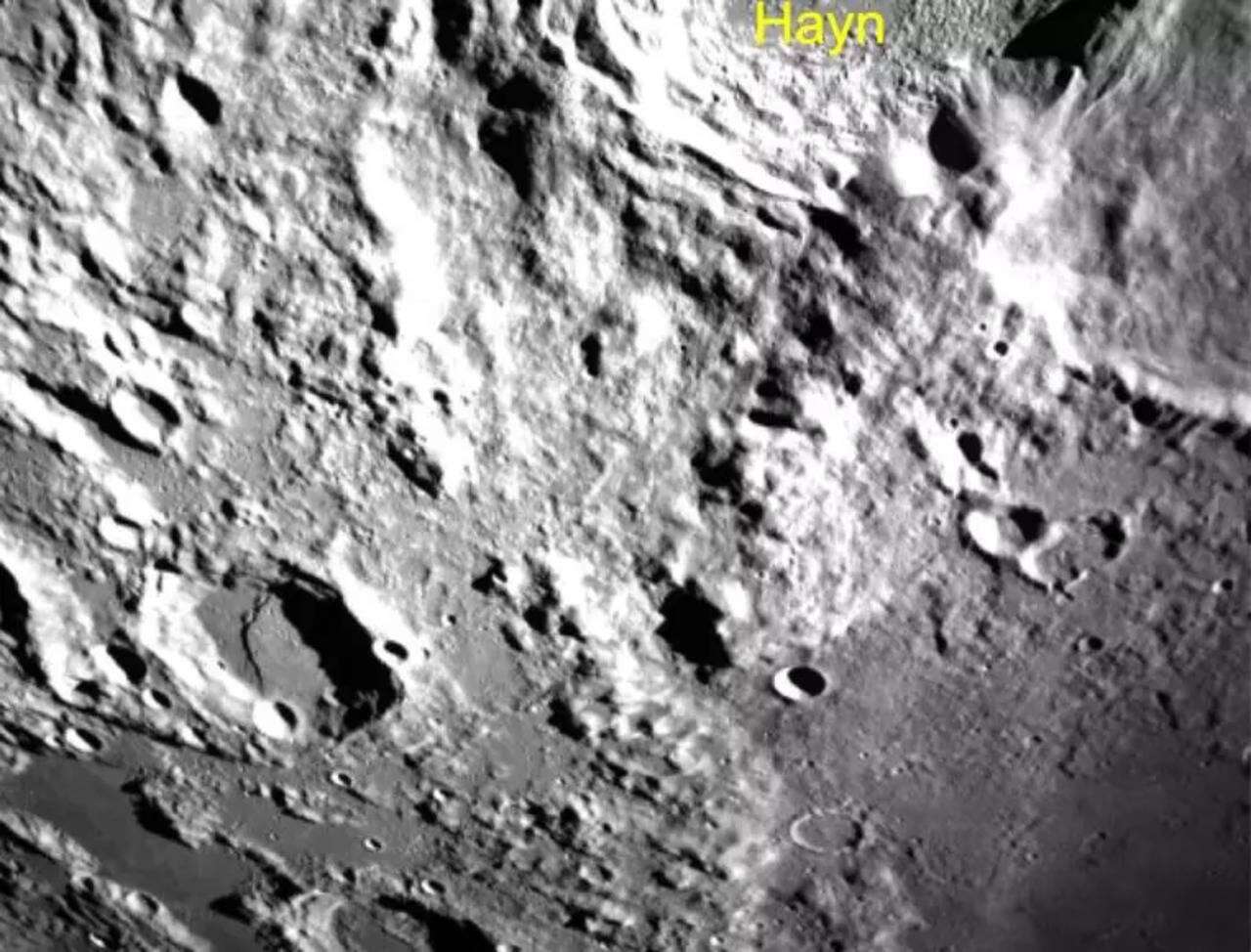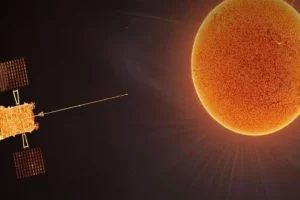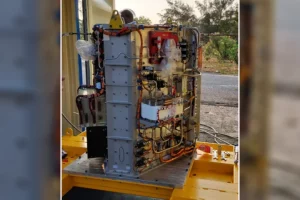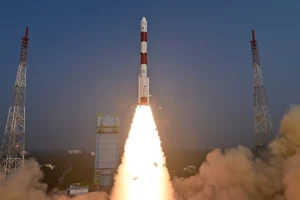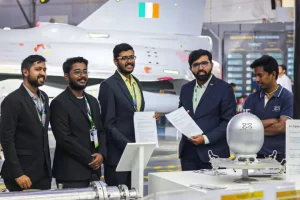ISRO on Tuesday said the Chandrayaan-3 mission is on schedule for its August 23 landing and systems are undergoing regular checks.
“Smooth sailing is continuing, The Mission Operations Complex (at ISRO) is buzzed with energy and excitement!” ISRO posted on X (formerly Twitter).
Chandrayaan-3 Mission:
The mission is on schedule.
Systems are undergoing regular checks.
Smooth sailing is continuing.The Mission Operations Complex (MOX) is buzzed with energy & excitement!
The live telecast of the landing operations at MOX/ISTRAC begins at 17:20 Hrs. IST… pic.twitter.com/Ucfg9HAvrY
— ISRO (@isro) August 22, 2023
Along with the mission’s latest update, ISRO also released images of the Moon captured by Vikram’s Lander Position Detection Camera (LPDC) from an altitude of about 70 km. These images assist the lander module in determining its position (latitude and longitude) by matching them against an onboard moon reference map in order to find a safe landing area without rocks and deep trenches that could damage the lander.
After the Russian Luna-25 crash the world’s eyes are now on India’s Chandrayaan-3 mission as it is poised to make the first landing ever by any country on Moon’s south pole on August 23 at around 18:04 IST.
The live telecast of the landing operations at the Mission Operation Complex (MOX) will begin at 1720 IST on Wednesday. Live actions of landing will be available on the ISRO website, its YouTube channel, Facebook, and public broadcaster DD National TV from 17:27 IST on Aug 23.
The stated objectives of Chandrayaan-3 are a safe and soft landing on the lunar surface, rover moving on the moon’s surface, and in-situ scientific experiments which will attempt to detect the presence of water and soil characteristics on the south pole of the Moon.
The success of the Chandrayaan-3 mission would make India only the fourth country in the world after the US, Russia and China to land a spacecraft on the Moon.
Upon landing, the lander ‘Vikram’ will deploy its four scientific payloads to study the moon’s surface temperature and subterranean characteristics.
The 6-wheeled Rover ‘Pragyan’ will come out to explore the moon, using chemical tests, for 14 days. The Rover is equipped with multiple cameras that will send back images to earth. It is backed by a solar panel to charge its battery.






